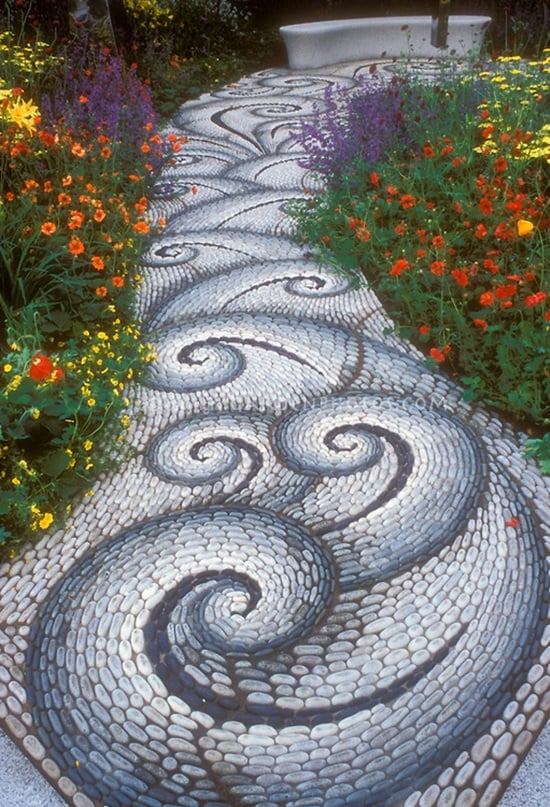

Outlook still uses the Microsoft Word rendering engine in all it’s Windows Desktop apps, with each iteration being given a version number (except the latest: Outlook 20 are the same, much to our dismay).Īnd Outlook is still a hugely popular email client, but that introduces even more problems: Building HTML for email means you’re dealing with more than four or five major web browsers, and 12 to 15 different email clients, each with solid market share. In one version, Outlook went from being decent and understandable, to downright terrible at displaying HTML emails from anyone except other Outlook users. Before you get all excited, they were replacing it with Microsoft Word. Thirteen years ago, Microsoft decided Outlook 2007 would stop using Internet Explorer to render HTML emails.

Unfortunately, while that war was being fought, email clients like Outlook and Lotus Notes were nowhere to be found, hiding out in some corner, left behind in the advance.Įven worse than not trying to improve their HTML and CSS rendering, some email clients have actually gone backwards. Thanks to the Web Standards Project and associated efforts, modern web browsers are much more consistent than they were ten years ago.
HTML EMAIL FOR GMAIL CODE
In the broader web design world, we’ve been through the browser wars where Netscape and Internet Explorer fought each other to introduce competing ways to code just about everything.


 0 kommentar(er)
0 kommentar(er)
